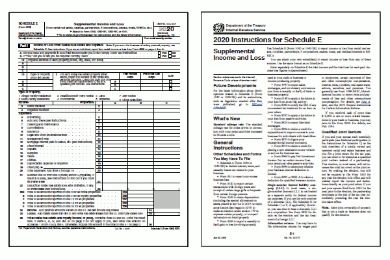
With that said, the chart of accounts then lists all accounts so you can record and organize all activity happening in your general ledger. This forms the basis for creating general ledger accounts before posting transactions. Use this sample chart of accounts as a starting point, and ten customize it to fit the unique needs of your construction business. By properly implementing and managing your chart of accounts, you can set your business up for long-term success. As a construction company, your revenue is generated from a number of different sources. Each of these sub categories could contain sales, service and other types of revenue.
Tailoring the Chart of Accounts for Construction Industry Needs
As a construction company, you may have multiple owners, each with a different percentage of ownership. It’s important to keep track of each owner’s equity separately, as this will affect their share of any profits or losses. In addition, you have to account for taxes prepaid rent accounting that you owe to the government, such as sales tax, payroll tax, and income tax.
Complication: Avoiding Too Many Accounts & Use Cost Codes
- Software suites like QuickBooks give you the ability to set up your Chart of Accounts according to your specific business needs.
- Revising your chart of accounts every couple of months is simply not practical.
- Shareholders equity is the portion of equity that belongs to the owners of the company.
- This often involves using subaccounts and segmentation to reflect the different stages and types of work involved in construction projects.
This means using the same account structure and coding system for every project, regardless of size or scope. Consistency helps ensure that financial reports are accurate and comparable, making it easier to analyze performance and identify trends. This post highlights the optimal strategies for creating a construction chart of accounts, tailored to the specific requirements of construction firms.
The second way of recognizing income — percentage of completion — recognizes it at regular intervals as the project progresses. This usually means the contractor bills the owner monthly for the progress on the project. This type of income recognition often involves retention being held on customer and vendor invoices, which is paid out at the completion of the work.
Equity

Noncurrent assets also include long-term investments, such as bonds and stocks, as these assets tend to remain on the balance sheet for longer than one fiscal year. When a project is completed, revenue is recognized and recorded in the “Construction Revenue” account, while the corresponding amount is removed from the “Accounts Receivable” account. The Work In Progress (WIP) schedule is an accounting schedule that’s a component of a company’s balance sheet. While joint checks and joint check agreements are common in the construction business, these agreements can actually be entered into… Your account structure should be clearly defined so that employees aren’t guessing where to post transactions when they come in.
The bookkeeping for large business average hourly rate for an accountant in the U.S. is about $35, making it quite affordable for the average owner. However, these rates may vary depending on the size of your company, the number of jobs and employees you manage, and your unique needs. An accountant will help you make sense of the numbers, manage your books, generate reports, estimate your quarterly tax payments, maintain a healthy cash flow, and protect narrow profit margins.
Leverage Professional Construction Accounting Software
Once you have established the overall structure of the chart, the best practice is to avoid changing it. If you’re going to make changes, it’s best to do so at the beginning of the fiscal year. She is fascinated with ConTech and is dedicated to providing educational content and stories to support the challenges and needs of construction and service businesses. When paying subcontractors, the amount is recorded as an expense in the “Subcontractor Expenses” account and as a decrease in the “Accounts Payable” account.
This not only improves the precision of financial evaluations, but also aids in better decision-making and project management by offering a transparent and comparable financial overview. Construction accounting is project-based, meaning, when it comes to accounting, each project is treated as a separate entity. So, you need to have a chart of accounts that can handle project-based accounting. This includes creating a new job for each project, tracking expenses and revenue by project, and maintaining accurate records of each project’s financial performance. All financial transactions need to be documented, and you need a reliable structure in place to organize your records. Creating a chart of accounts for a construction company has its challenges, but this article provides you with the foundations to get started.
Since construction accounting is project-centric, you’ll need a way to track, categorize, and report transactions for each job. Your company may manage short- and long-term contracts, often with varying end dates. To stay on top of cash flow and keep your books in check, you will need a flexible yet organized construction accounting system. In simpler terms, the chart of accounts determines where you’ll record every transaction. This is important because, as mentioned, investors, shareholders, or interested the entries for closing a revenue account in a perpetual inventory system chron com parties will use a chart of accounts to obtain a clear view of your company’s financial health. A chart of accounts is an index of financial data used to both categorize and organize all business transactions.
